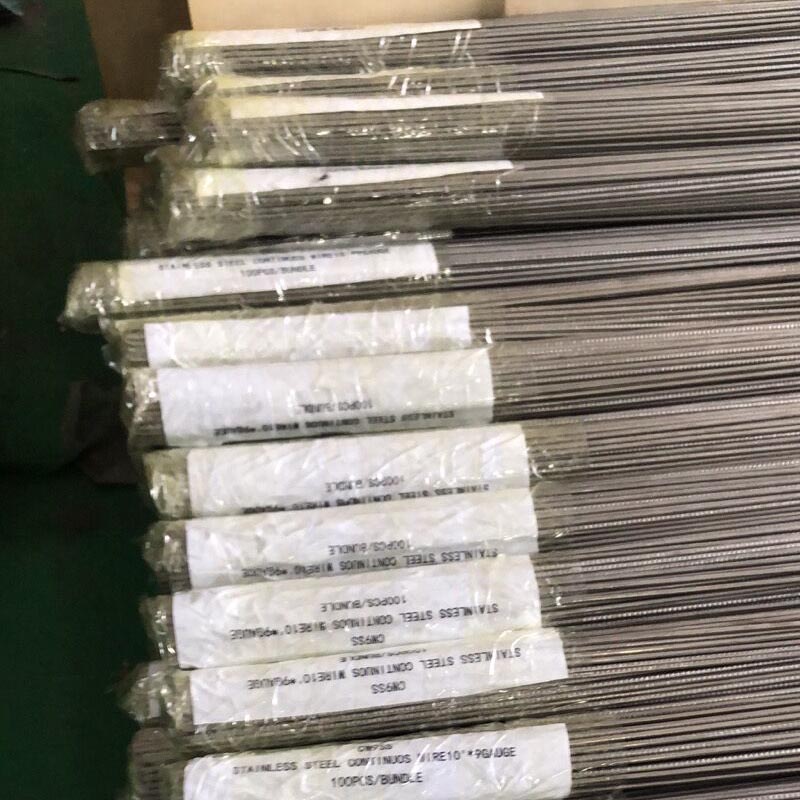
- Mobile Phone
- +8613931874955
- sales@cntcmetal.com
brick wire ties
The Importance of Brick Wire Ties in Masonry Construction
Brick masonry has long been a staple in construction, known for its durability and aesthetic appeal. However, the effectiveness of brick structures extends beyond just the bricks themselves; it significantly relies on various components that ensure stability and longevity. One such essential component is the brick wire tie. This article explores the importance of brick wire ties, their types, functions, and best practices in masonry construction.
What are Brick Wire Ties?
Brick wire ties are metal connectors that join brickwork to the structural framework of a building, usually made of concrete or steel. These ties provide lateral stability to a masonry wall, ensuring that it can withstand environmental forces such as wind, seismic activity, and temperature changes. Without proper connection to the structural frame, a brick wall may not only lose its integrity but could also lead to catastrophic failures.
Types of Brick Wire Ties
1. Corrugated Ties These ties have a wavy pattern that allows for flexibility and shear strength. Often used in cavity walls, they help accommodate slight movements without compromising the integrity of the wall.
2. Ladder Ties Shaped like a ladder, these ties feature horizontal and vertical components, providing excellent overall support while minimizing the risk of wall separation.
3. Brick Ties with Clips These ties come with clips that secure the brick to the tie and enhance resistance against lateral forces. This makes them particularly useful in high-wind areas.
4. Zinc-Coated Ties Corrosion resistance is critical in construction. Zinc-coated ties offer longevity against the elements, preventing rust and degradation that could weaken masonry over time.
Functions of Brick Wire Ties
The primary function of brick wire ties is to create a secure connection between brick veneer and the structural framework, ultimately enhancing the overall stability of the construction. Here are some specific functions
- Lateral Support Brick wire ties prevent the wall from bowing or tipping over in response to lateral forces, which is especially crucial in regions prone to high winds or seismic activity.
brick wire ties

- Load Distribution These ties help evenly distribute loads and stresses across the wall, reducing the risk of cracking and other structural failures.
- Thermal Expansion Accommodation Buildings expand and contract with temperature changes. Brick wire ties allow for slight movements without jeopardizing the connection, lowering the chance of damage.
- Moisture Management In cavity walls, wire ties can also assist in drainage and moisture management, preventing water infiltration that could lead to mold and decay.
Best Practices in Installing Brick Wire Ties
To maximize the effectiveness of brick wire ties, proper installation is crucial. Here are some guidelines
1. Spacing The distance between wire ties can significantly impact their efficiency. National standards often recommend spacing no more than 16-24 inches apart, depending on the height and exposure of the wall.
2. Embedment Ensure that ties are adequately embedded into both the brick and the structural support. Poor embedment can lead to inadequate load transfer and failure.
3. Type Selection Utilize the correct type of tie for specific conditions and environments. Factors such as wall height, exposure to elements, and local building codes should guide your selection.
4. Regular Inspections Periodically check the condition of wire ties—particularly in older structures—to identify any corrosion or loosening that could compromise the wall's integrity.
Conclusion
In summary, brick wire ties play an indispensable role in masonry construction, enhancing the structural integrity, stability, and longevity of brick walls. As buildings face a wide range of environmental stresses, having a reliable connection between the brick veneer and the structural framework is paramount. Whether you are involved in new construction or retrofitting old structures, understanding and implementing best practices for brick wire ties can ensure that your masonry remains secure, functional, and beautiful for years to come. The attention to detail in this seemingly minor component can have substantial implications for overall building performance and safety.
share:
-
Why Sacrificial Formwork Is Redefining Underground ConstructionNewsJun.06,2025
-
The Structural Dynamics of Modern Concrete: How Snake Spacers Revolutionize Flexible ReinforcementNewsJun.06,2025
-
Snake Spacers Smart-Lock Concrete Reinforcement with Surgical PrecisionNewsJun.06,2025
-
Snake Spacers: Reinforcement Precision for Modern Concrete ProjectsNewsJun.06,2025
-
Snake Spacers Powering Concrete's Structural DNANewsJun.06,2025
-
Slither into Success: Snake Spacers' Precision Bite for Unbreakable ReinforcementNewsJun.06,2025
-
Sacrificial Formwork: Building Stronger, Faster, and Safer StructuresNewsJun.06,2025



















